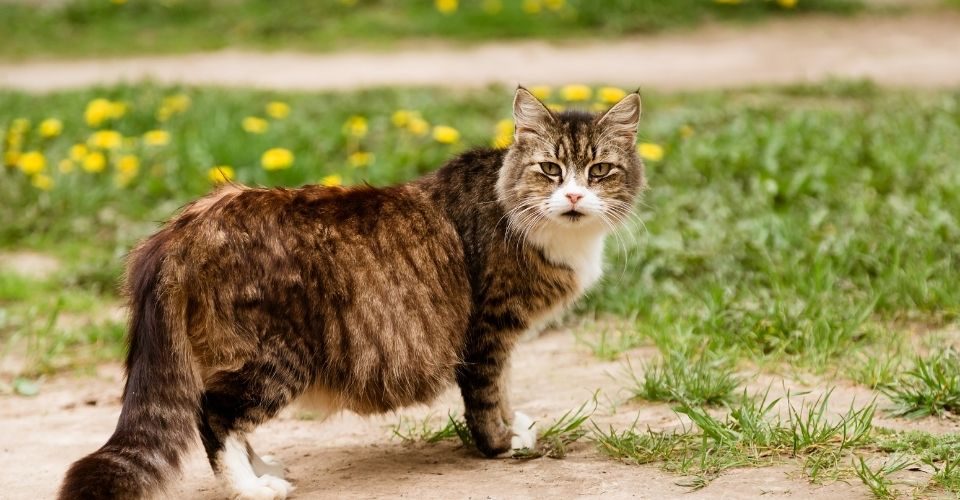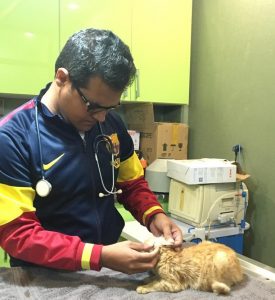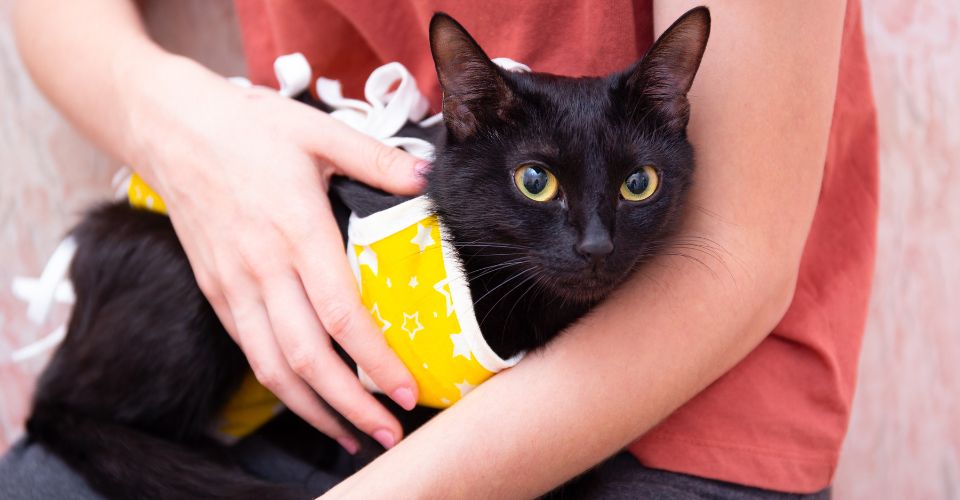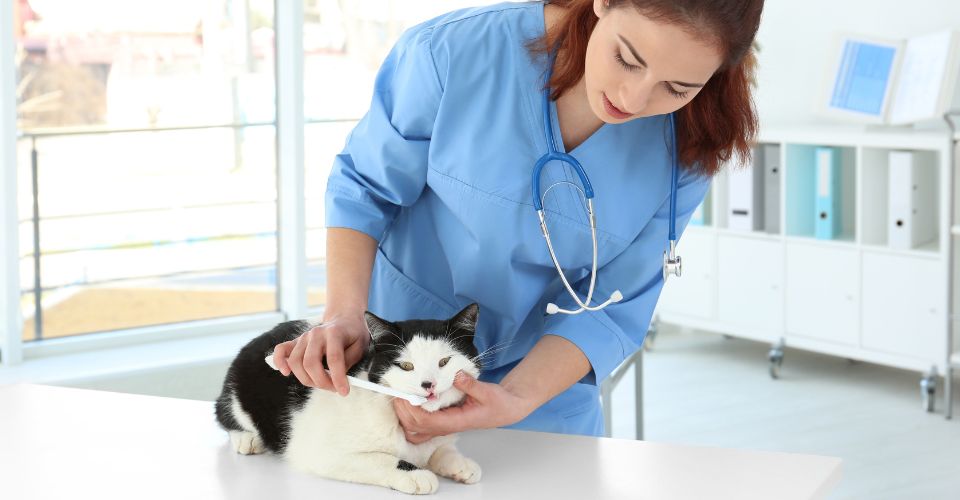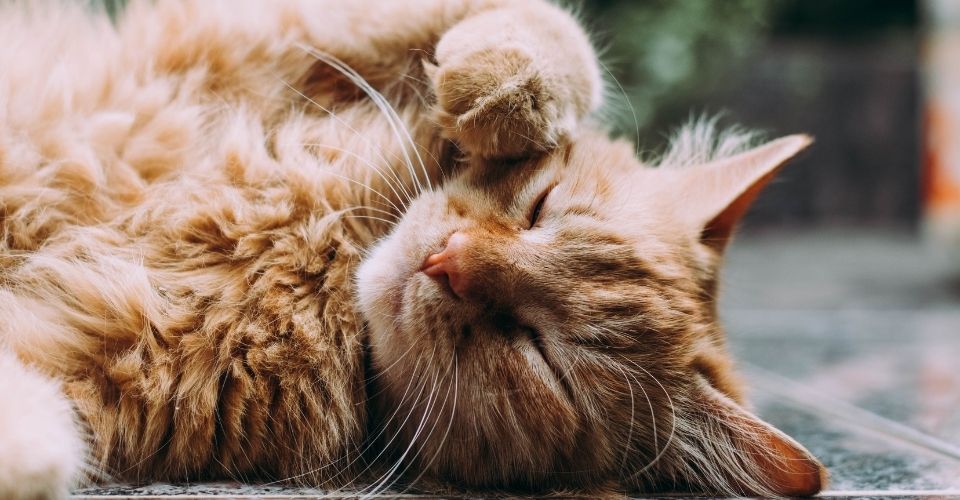Cats are prolific breeders. Cats go into heat every two to three weeks, for around 6 days, until they get pregnant. And on average, a free-roaming cat gets pregnant 1.4 times each year and gives birth to three kittens per litter, according to a study conducted by the American Veterinary Medical Association. The average reproductive capacity of pet cats is controlled by spaying and keeping them indoors.
Still, cat pregnancies happen and often catch cat owners by surprise. Therefore, it is strongly advised that you get your kittens spayed if you are not planning on breeding them. And if you plan to keep your cat intact, you should keep her indoors all the time. If you have to take your cat out on a walk, you should keep her on a leash and never let her out of your sight.
Even if you are not letting your cat outside, she may still get pregnant if the neighbor’s tom decides to visit her. Therefore, it is crucial that cat owners familiarize themselves with the signs of a pregnant cat to tell if their cat is just overweight or if kittens are growing inside of her.
So, if you happen to have a pregnant cat on your hands for the first time, you might have various questions popping up in your head: How long are cats pregnant? How do you know it is the big day? And How to take care of a pregnant cat?
If you are overwhelmed by these questions, continue reading as we are going to discuss all about the cat gestation period.
Cat Gestation Period
The cat gestation period is nothing but a fancy term for the cat pregnancy period. The gestation period is a stressful and sensitive time for cats. Therefore, as responsible cat owners, it is our duty to familiarize ourselves with the week-by-week cat pregnancy timeline to provide the best possible care to our cats as the pregnancy progresses.
How Long Are Cats Pregnant?
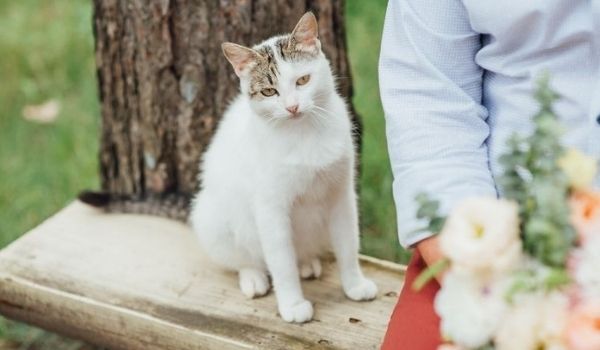
Where humans are pregnant for 9 months, our cats are pregnant for 9 weeks.
“Ideally, cat pregnancy should last about 63 to 65 days (9 weeks); but it is normal for cat pregnancy to vary between 60 to 70 days,” says Dr. Joiya, DVM, RVMP, a veterinarian at Royal Pets Hospital. However, due to stress and some health issues, a cat may go into labor too early—before 60 days—giving birth to premature kittens. He says that the chances of the survival of kittens born before 56 days of pregnancy are very bleak, even with special kitten care.
Cats do not start showing signs of pregnancy until two or three weeks of pregnancy, so it is hard to lock on the exact length of gestation period in cats.
Is Your Cat Pregnant? Signs a Cat is Pregnant
Before starting the countdown for the big day, you first have to confirm that your cat is pregnant. Cats only start showing signs of pregnancy by the second week of pregnancy, but novice cat owners may not be able to identify until the second half of week 3, when cat nipples start pinking up. Here are some of the signs of cat pregnancy that will help you determine if your cat is pregnant.
To know how far along your cat is pregnant, head over to our Week-by-Week Cat Pregnancy Timeline, where we have discussed what is happening during each week of cat pregnancy.
Signs of Cat Pregnancy
- No signs of heat
- Pinking and enlargement of nipples
- Weight gain
- Morning sickness
- Characteristic burrow shaped belly
- Increased appetite
- Increased affection
While these signs will help you get an idea if your cat is pregnant, the best way to confirm cat pregnancy is to take your cat to a vet. Depending on how far along is your cat’s pregnancy, the vet will do the following to confirm pregnancy.
Feeling Cat Belly
Not always accurate and can only be done with some success when the cat is 17 to 25 days pregnant.
Ultrasound
It is performed after the 16 days of pregnancy. Where this would confirm pregnancy, telling the number of kittens by looking at heartbeats is not accurate.
X-ray
X-ray confirms pregnancy and can also confirm the number of kittens. However, they are only advised after 55 days of pregnancy, given the side effects.
Signs You’ll Meet the Kittens Soon
- Cats stop eating around 24 hours before delivery
- Cat body temperature drops from the normal range of 100.4°F – 102.5°F to 100° F
At What Age Can a Cat Get Pregnant?
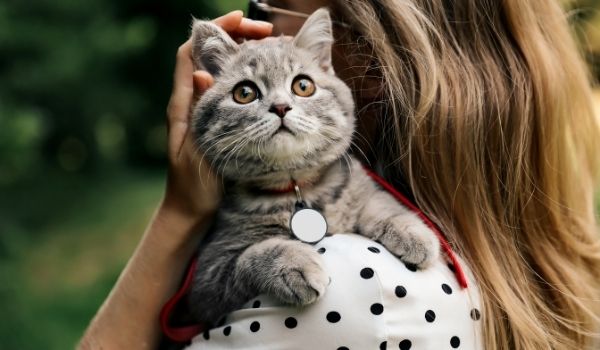
Kittens can have kittens.
Cats can reach sexual maturity at the young age of 4 months. So if you have not spayed your 4-month-old kitten, she may get pregnant if she mates with a tomcat. Given that the cat pregnancy period is about 2 months (63 to 65 days), kittens can be giving birth to a litter of kittens by the age of 6 months.
Is Young Age Pregnancy a Problem?
Like in humans, young age pregnancy is a thing to be avoided in cats as well as dogs. Young age pregnancy would be detrimental for the kitten, as she would still be maturing herself. Most cats continue growing until their first birthday, so it would just be inappropriate to ask the developing kittens body to develop a litter of kittens inside of her.
Therefore, the young age of pregnancy would not only be detrimental to the mama kitten’s health but could also lead to health issues in the newborn kittens.
How Soon Can a Cat Get Pregnant After Having Kittens?
A cat can get pregnant very quickly after having a litter of kittens. Cats can become pregnant even while nursing.
Most cats become fertile and go into heat around 4 weeks after weaning their kittens if it is still the breeding season. That said, it is not impossible for cats to return to estrus while nursing, says Susan E. Little. However, the first post-birth estrus is shorter and less fertile.
Cats are induced ovulators. So, if your cat does not mate during the estrus, it will cease until it returns in two to three weeks. However, if your Queen manages to mate, it is entirely possible for her to get pregnant during the first post-birth heat cycle. Ovulation occurs within 20 to 50 hours after mating. After fertilization in the oviduct, eggs travel down to the uterus through the uterine horn. In the uterus, eggs are implanted within 10 to 12 days.
You can expect your cat to be delivering another litter of kittens within 9 weeks. While housing and caring for the kitten on your hands, you will be having another set of kittens in 2 months. This sounds like a lot of kittens and lots of responsibility. Most kittens from unplanned pregnancies have a terrible fate—they often end up living on the streets or in cat shelters. So, if you don’t want your cat to get pregnant again, you should get her spayed as soon as possible or keep her indoors, especially when on heat.
In addition to getting your Queen spayed, you should also get the young kittens spayed and neutered before they get four-month-old. Otherwise, you may have male kittens in the litter impregnating females or even the Queen. You do not want this. So get them spayed or neutered before they mature sexually—most kittens mature sexually by the age of four to six months.
How Many Kittens Can a Cat Have?
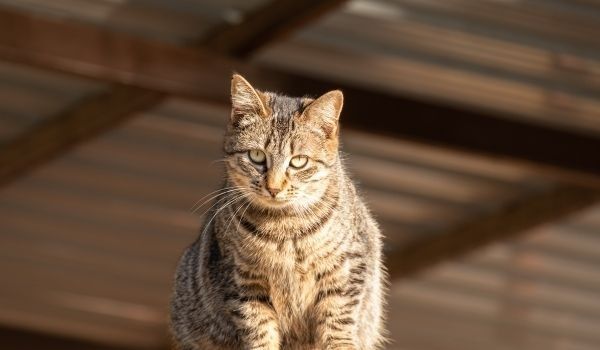
While, on average, cats have four kittens in a litter, the number of kittens can range from one to 12 kittens, says Dr. Hassan, DVM. First-time moms tend to have smaller litters—around 2 to 3 kittens.
Typically, pedigree cats like Burmese, Siamese, Chausie, British Shorthair, etc., tend to have larger litters. The Guinness World Record for the world’s largest litter of domestic cats is held by a Burmese/Siamese cat, who gave birth to 19 kittens (four stillborn kittens) on 7 August 1970.
Final Verdict: How Long Are Cats Pregnant?
While ideally, cat pregnancy should last about nine weeks (63 to 65 days), there is nothing to worry about if it ranges from 60 to 70 days. However, if cat pregnancy extends before 70 days, you should contact your vet. Similarly, in case your cat goes into labor before the 60 days, you should also get your cat to a vet.
Kittens can get pregnant by the age of four months, so you can expect your kitten to be having kittens by the age of 6 months unless you get her spayed.

